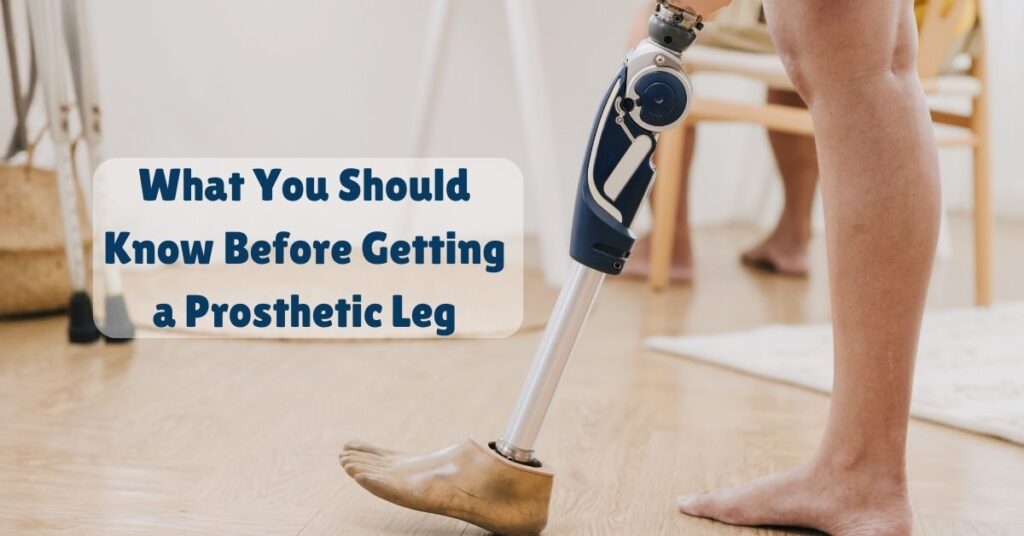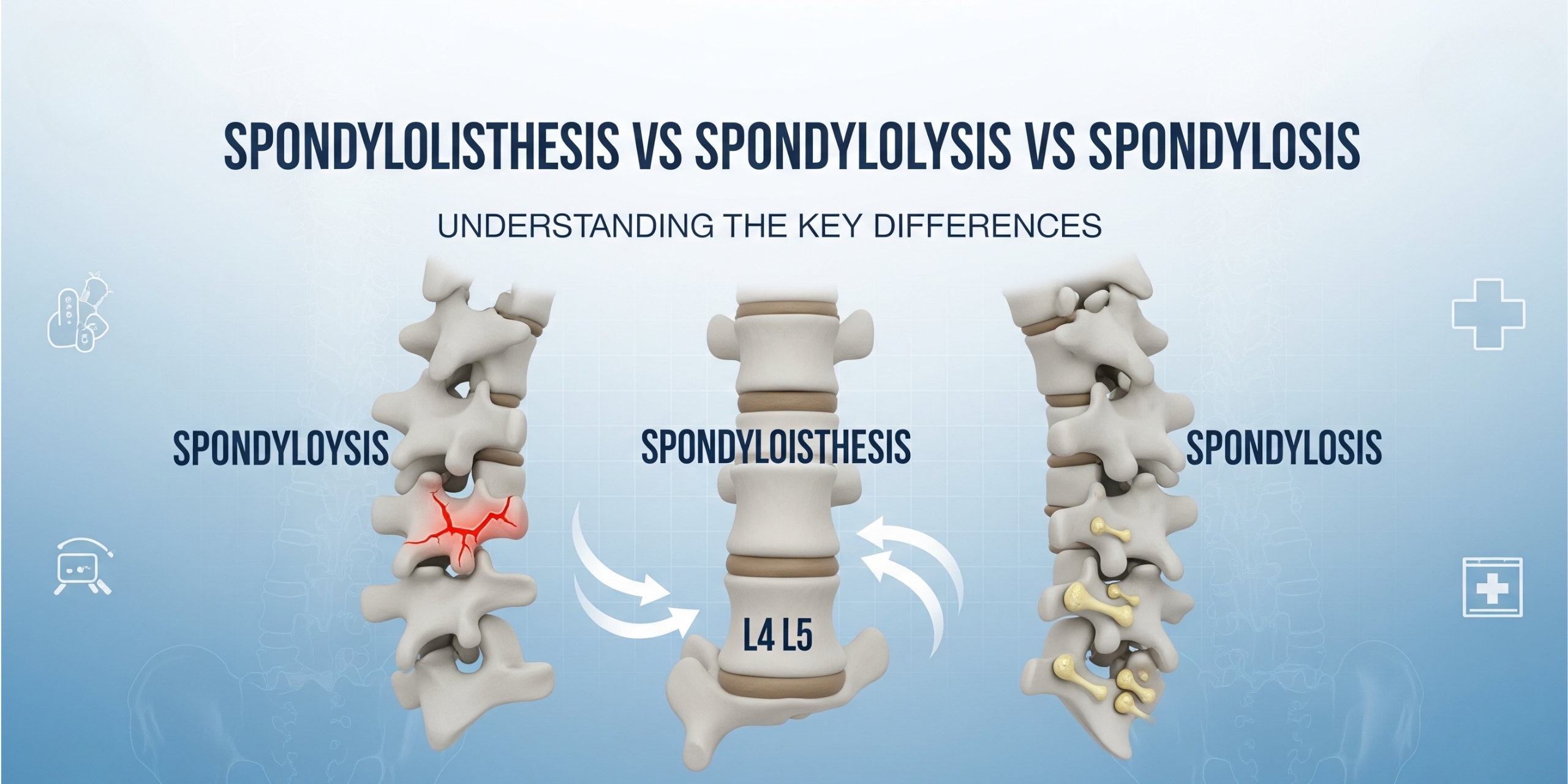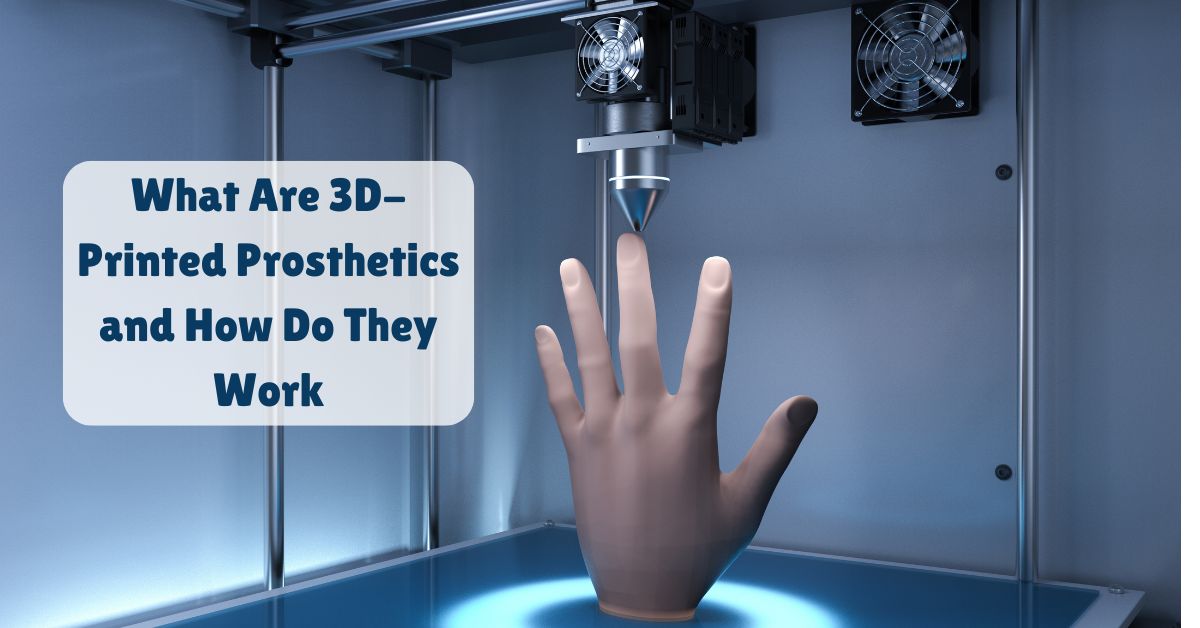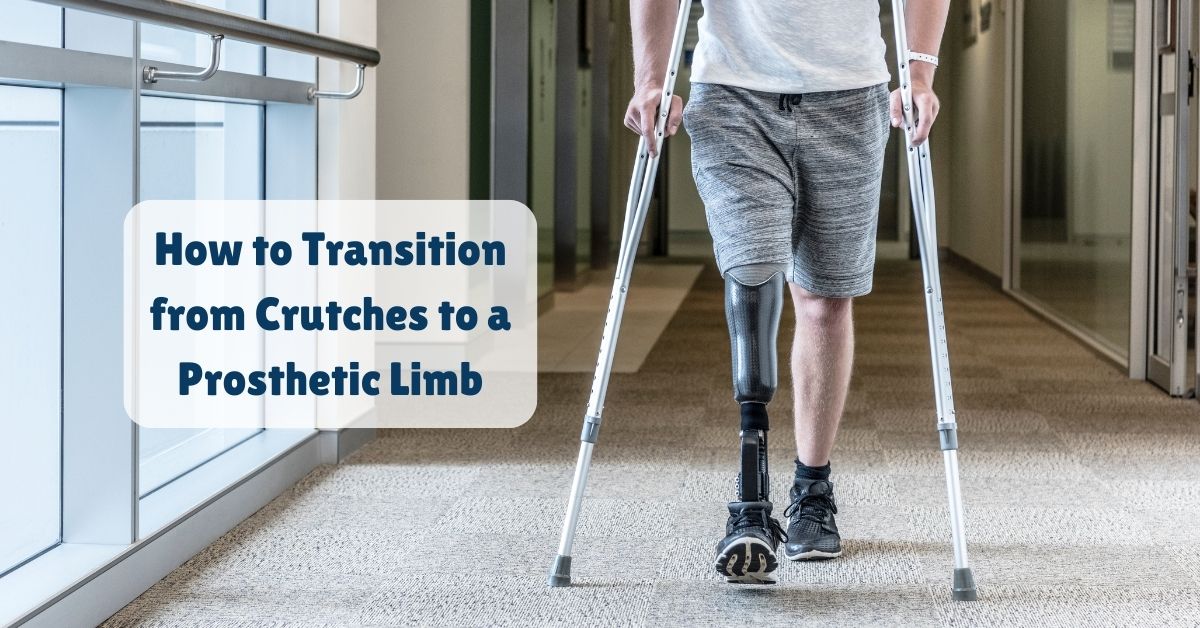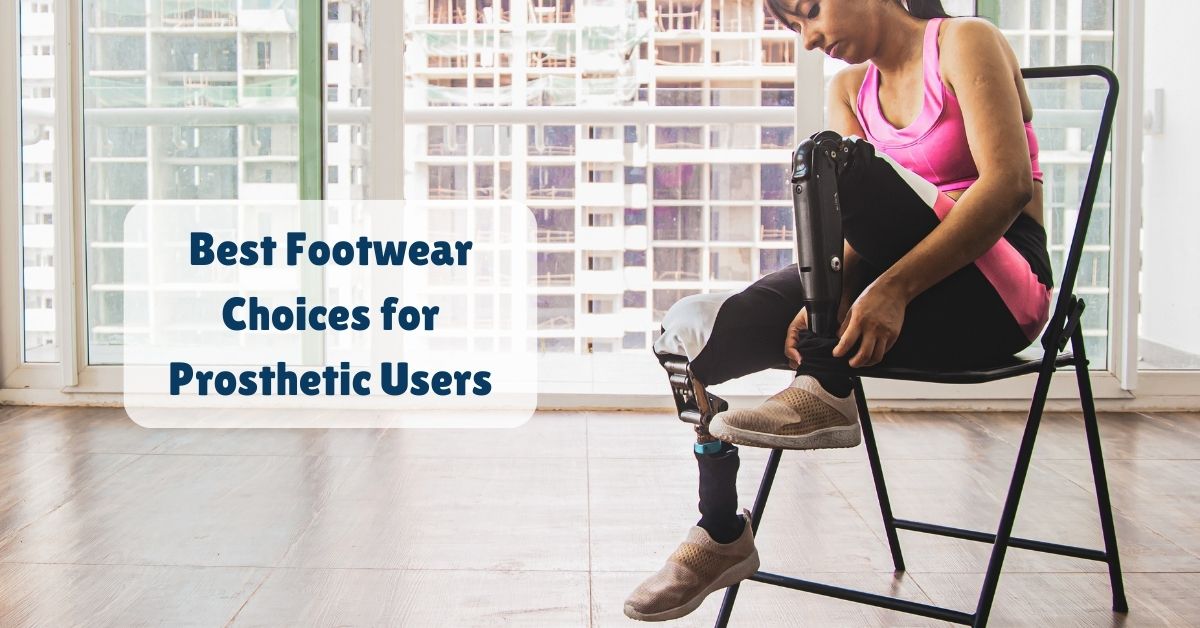The decision to get a prosthetic leg is a significant one, and it can be both exciting and overwhelming. A prosthetic limb can help restore your mobility and independence, but there are important things you should know before starting this journey. Understanding the process, what to expect, and how to prepare will help you adjust to life with a prosthetic leg. In this article, we’ll cover the key things you should consider before getting a prosthetic leg.
Understanding the Types of Prosthetic Legs
Prosthetic legs come in different types, each designed to suit different lifestyles, levels of mobility, and activities. It’s important to know the basic types before making your decision:
Below-the-Knee (Transtibial) Prosthetics: These prosthetics replace the lower part of the leg, below the knee. They offer a wide range of mobility and are easier to adapt to since the knee joint remains functional.
Above-the-Knee (Transfemoral) Prosthetics: These prosthetics replace the entire leg above the knee. Since they involve an artificial knee joint, they may require more time to get used to.
Microprocessor-Controlled Prosthetics: These are advanced prosthetics with computerized systems that help improve movement and balance. While more expensive, they offer greater ease for walking and moving naturally.
Activity-Specific Prosthetics: Some prosthetic legs are designed for specific activities, like running or swimming. If you have a particular sport or activity you enjoy, this could be a good option for you.
The Fitting Process
Getting a prosthetic leg isn’t just about choosing a type – the fitting process is critical to ensure comfort and functionality. You will work with a prosthetist, a healthcare professional who specializes in creating and fitting prosthetic limbs. Here’s what to expect during the fitting process:
Initial Evaluation: Your prosthetist will evaluate your residual limb (the remaining part of your leg) to ensure a proper fit. They will also ask questions about your lifestyle, activity level, and goals to help determine the best prosthetic for you.
Casting: Your prosthetist will take a mold or digital scan of your residual limb to create a socket. The socket is the part of the prosthetic that fits over your limb, and it must be customized for comfort.
Test Socket: Before the final prosthetic leg is made, you’ll receive a test socket to wear. This temporary fitting helps ensure the final version is comfortable and functional.
Final Prosthesis: Once the fitting is complete, you will receive your permanent prosthetic leg. However, adjustments may be needed as you begin using it.
How Many Hours Can You Wear A Prosthetic Leg?
The number of hours you can wear a prosthetic leg varies significantly from person to person and depends on several factors. Firstly, the type of prosthetic plays an important role; for example, temporary prosthetics may be designed for shorter wear times, while permanent ones are typically made for extended use. Additionally, prosthetics designed for sports or active use might be more comfortable for longer periods compared to basic walking prosthetics.
Fit and comfort are also essential considerations. A properly fitted prosthetic can be worn for longer durations, while a poor fit may lead to discomfort, pain, or skin issues. Each individual’s comfort level differs; some people may find they can wear their prosthetic for the entire day, while others may need more frequent breaks.
Rehabilitation and Physical Therapy
Getting a prosthetic leg is only the beginning. Physical therapy plays a major role in learning how to walk and move comfortably with your new limb. Your therapist will help you strengthen the muscles in your leg, improve your balance, and teach you how to use the prosthetic effectively.
Rehabilitation takes time and patience. The goal is to regain as much mobility as possible, but it’s important to go at your own pace. Regular therapy sessions and at-home exercises will help you adjust and build strength over time.
The Cost of Prosthetic Legs
Prosthetic legs can be expensive, and the cost varies depending on the type of prosthesis, the materials used, and whether it includes advanced features like a microprocessor. It’s important to plan for the financial aspect before making your decision. Costs can range from a few thousand dollars for basic models to tens of thousands for advanced prosthetics.
Here are a few things to consider:
Insurance Coverage: Many insurance plans cover a portion of the cost of prosthetic limbs, but coverage varies. Be sure to check with your insurance provider to understand what is covered and what out-of-pocket costs you may incur.
Maintenance and Replacement Costs: Prosthetic legs require regular maintenance, and some parts will need to be replaced over time. Additionally, most prosthetic legs need to be replaced every 3-5 years due to wear and changes in your body.
Funding Options: If insurance doesn’t cover all costs, you can explore financial assistance programs, charitable organizations, or payment plans.
Learning to Use Your Prosthetic Leg
Getting used to a prosthetic leg takes time. It’s important to be patient with yourself and understand that learning to walk and move with a prosthetic is a gradual process. Here are a few key things to keep in mind as you start using your prosthetic leg:
Start Slow: Begin by using your prosthetic leg for short periods of time each day, gradually increasing your usage as you become more comfortable. Your body needs time to adjust.
Expect Discomfort at First: It’s normal to feel some discomfort when you first start using a prosthetic leg, but it shouldn’t be painful. Make sure to communicate with your prosthetist if you experience any pain or discomfort, as adjustments may be necessary.
Work with a Physical Therapist: Your therapist will guide you through exercises and movements to help you gain confidence with your prosthetic. They’ll also help improve your gait (how you walk) and balance.
Practice at Home: To build strength and confidence, practice walking and moving with your prosthetic leg at home. Take it slow, and don’t hesitate to use assistive devices like crutches or a walker if needed.
Caring for Your Prosthetic Leg
Proper care of your prosthetic leg is essential for its longevity and for preventing skin irritation or other issues. Here are some basic care tips:
- Clean the Socket Daily: The socket, which fits over your residual limb, should be cleaned every day to prevent irritation or infection. Use mild soap and water to wipe it down and let it air dry completely before wearing it.
- Inspect for Wear and Tear: Regularly check your prosthetic leg for any signs of wear, especially the foot, knee, and socket. If you notice any issues, contact your prosthetist for repairs.
- Protect Your Skin: It’s important to monitor your skin for any irritation, blisters, or sores. Properly fitted liners and socks can help prevent these issues, and your prosthetist can make adjustments if needed.
Adapting to Daily Life
Adjusting to life with a prosthetic leg impacts everyday activities. It’s essential to plan for things like:
Household Modifications: Consider small changes like grab bars in bathrooms, ramps, or wider doorways, depending on your home environment and mobility.
Driving and Transportation: If you drive or travel using prosthetics, you may need to make modifications to your vehicle or learn how to drive with a prosthetic leg. Many amputees adapt well, but it’s important to check local regulations and practice safe driving.
Work and Hobbies: Discuss how your prosthetic leg will affect your daily routines, including your job and hobbies. Specialized prosthetics may be required for certain activities, such as sports or physically demanding jobs.
Taking the Next Step in Your Prosthetic Journey
Getting a prosthetic leg is a life-changing experience, and it’s important to be prepared for the physical, emotional, and financial aspects of this journey. By understanding the process, working closely with your healthcare team, and practicing patience with yourself, you can successfully adapt to your new prosthetic leg and regain your mobility. Remember that every individual’s experience is unique, so take the time you need to adjust and seek support when necessary.
Always consult with a qualified healthcare provider or prosthetist regarding any concerns or questions about your prosthetic limb and its usage. Individual needs and circumstances may vary, and a healthcare professional can provide personalized guidance tailored to your specific situation.

